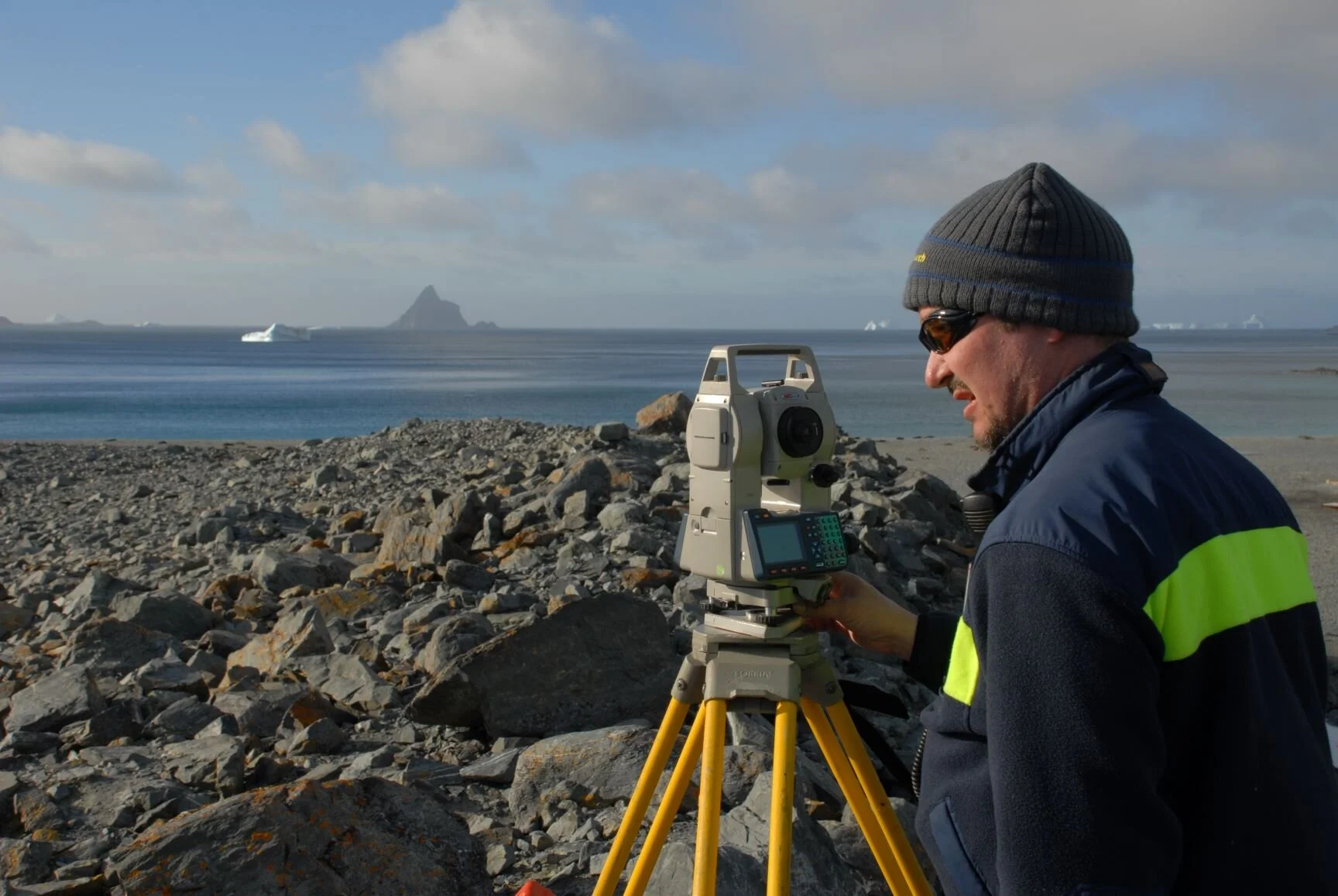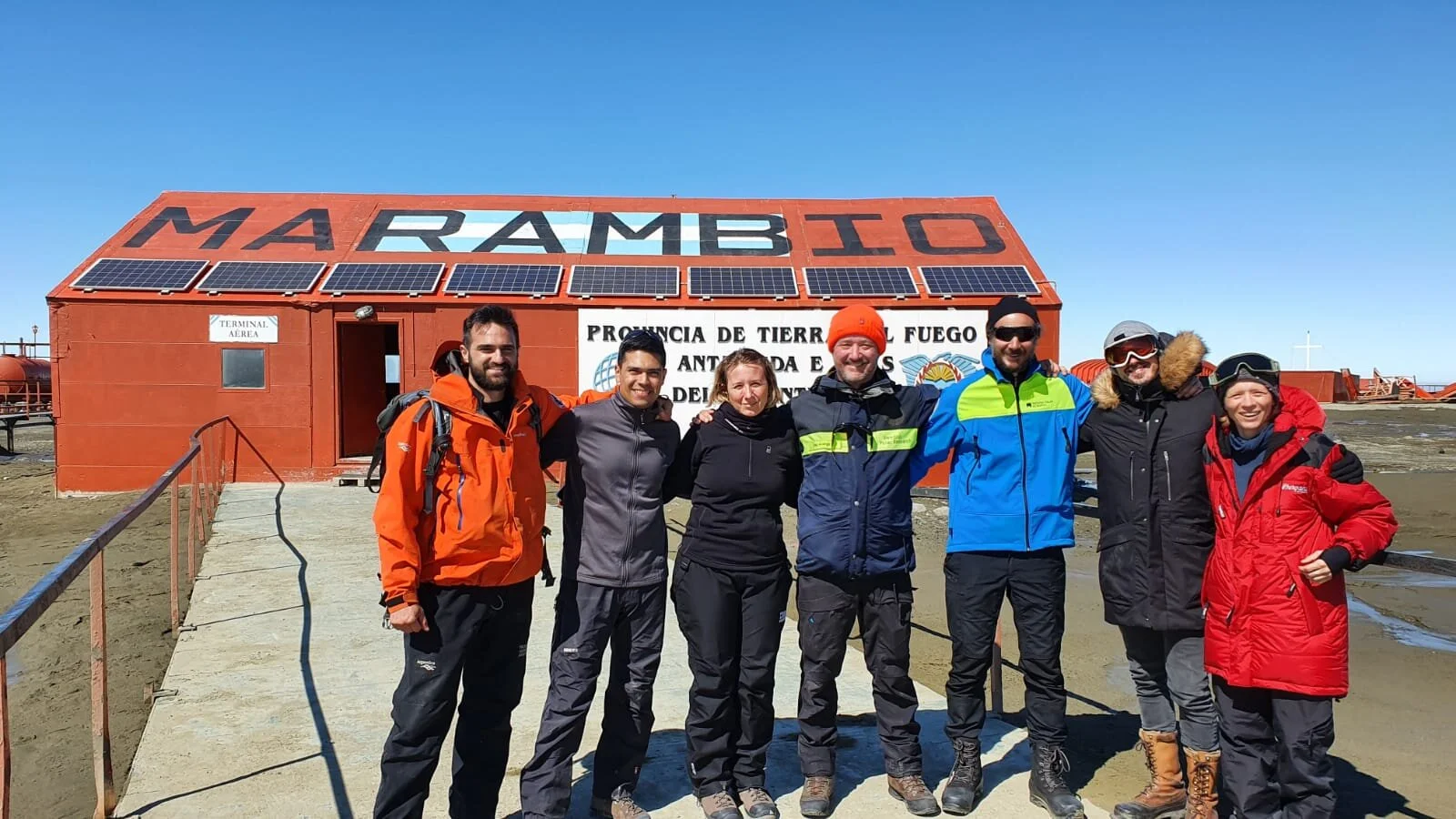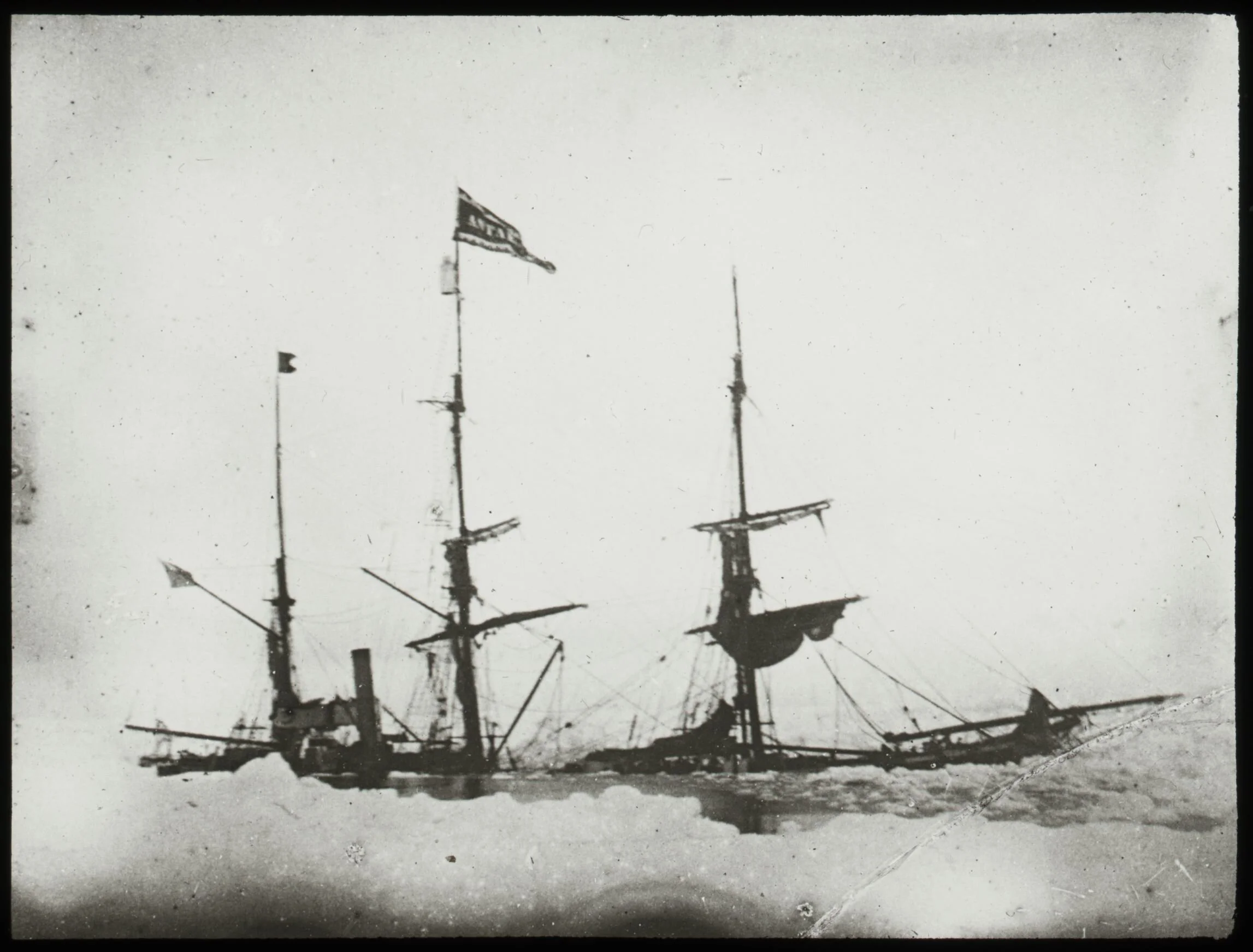CHAQ 2020
Cultural Heritage Antarctica 2020, or CHAQ 2020 is an Argentinean-Swedish expedition to the historical remains of the First Swedish Antarctic Expedition 1901-1903 on the Antarctic Peninsula. CHAQ 2020 takes place January-February 2020 and have five objectives, to:
collect data for the research project On constructing cultural heritage in Antarctica,
contribute to the conservation of the remains of the first Swedish Antarctic Expedition
make the remains available to a wider audience by virtual reality and 3D representations
make a documentary film about CHAQ 2020 and climate change impacts at the Antarctic Peninsula
provide material for an exhibition about the expedition at the Argentinean research station Esperanza.
You can find more information on the expedition in the expedition blog or the news section!
Dag Avango, leader of the Swedish team, doing fieldwork in the vicinity of the Antarctic Peninsula, 2010.
Expedition plan
The Swedish team left for Buenos Aires, Argentina on 26 December 2019. Following final arrangements in Buenos Aires and waiting for good weather, the CHAQ2020 team, led by Pablo Fontana, was then be transported by military aircraft to the Argentine Marambio base on January 10, 2020. On the following day the team continued onward to Snow Hill by helicopter, where they conducted fieldwork based in a tent camp for two weeks. From January 25th to February 3rd, they continued fieldwork at historical sites in the area of Esperanza base. Thereafter the team documented Penguin Bay, Larsen’s Cairn and the remains of a rowing boat in the vicinities of Marambio Base. Conditions did not allow for the team to conduct work on Paulet Island, and the Swedish team returned to Buenos Aires on February 10, 2020.
CHAQ 2020 participants
Pablo Fontana, director for humanities and social science research, Dirección Nacional del Antártico/ Instituto Antártico Argentino (DNA-IAA), Argentina. Expedition leader.
Dag Avango, Luleå Technical University (LTU) and KTH Royal Institute of Technology, Sweden. PI for CHAQ 2020 and leader of the Swedish team, responsible for traditional archaeological documentation.
Kati Lindström, KTH Royal Institute of Technology (KTH). Researcher, responsible for documentary filming and ethnographic work, research on Antarctic Treaty cultural heritage policy and its implementation by Argentina.
Gunnar Almevik, Gothenburg University (GU). Responsible for issues related to building conservation and related documentation. Participating on behalf of the Swedish National Heritage Board.
Jonathan Westin, GU. Responsible for drone based photogrammetry, laser scanning and VR documentation. Participating on behalf of the Swedish National Heritage Board.
Joining at the field camp, Snow Hill:
Héctor Emanuel Mamani Ovejero, COCOANTAR (Comando Conjunto Antártico - Ejército Argentino), Argentina. Logistics expert
Valeria Contissa, Secretaría de Derechos Humanos y Pluralismo Cultural, conservation expert working on artefacts conservation on site
Organisation of CHAQ 2020
Dirección Nacional del Antártico, Instituto Antártico Argentino (DNA-IAA) led the operations and execution of the expedition, covering the logistics and Argentinean research as part of their summer 2019/2020 field season. The expedition also formed part of the Swedish national Antarctic programme (SWEDARP) under the Swedish Polar Research Secretariat. The National Heritage Board of Sweden supported Gunnar Almevik and Jonathan Westin. Dag Avango and Kati Lindström were partly funded by the Swedish Research Council.
International cooperation is one of the foundations of the Antarctic Treaty and CHAQ 2020 would certainly not have happened without it. The content of this website is based on the experiences of and research conducted by the various project members and does not present the official stance of any of the institutions involved, unless indicated otherwise.
Some Swedish cake to celebrate the collaboration!
Antarctic stuck in ice, Nordenskjöld collection, University of Gothenburg, Sweden.
The first Swedish Antarctic expedition
The first Swedish Antarctic Expedition (1901-1903, hereafter the Nordenskjöld expedition) was led by Otto Nordenskjöld, a geologist working at Gothenburg University. The expedition ship Antarctic was captained by CA Larsen. The expedition had a pronounced scientific mission, focusing on paleontological, meteorological, geomagnetic and geological studies. The expedition also aimed to overwinter on the Antarctic Peninsula. Another, less explicit aim, was to investigate opportunities for sealing and commercial whaling. The expedition was financed through private organisations and donation. It also received some logistical support from the Argentinean government. José Maria Sobral, an Argentinean navy officer that later became a famous geologist, also participated in the expedition. He was a cartographer and was under orders to gather information and experience in Antarctic overwintering.
Originally, the expedition planned to overwinter on Snow Hill Island, but the Antarctic got stuck in the ice and sank. At this point, the expedition members were divided into three groups. One of these overwintered an extra year on Snow Hill, whereas the other two groups were forced to build stone huts in order to overwinter at Hope Bay and Paulet Island. An Argentinean vessel, the Corbeta Uruguay rescued the expedition in 1903 and transported them to Argentina.








